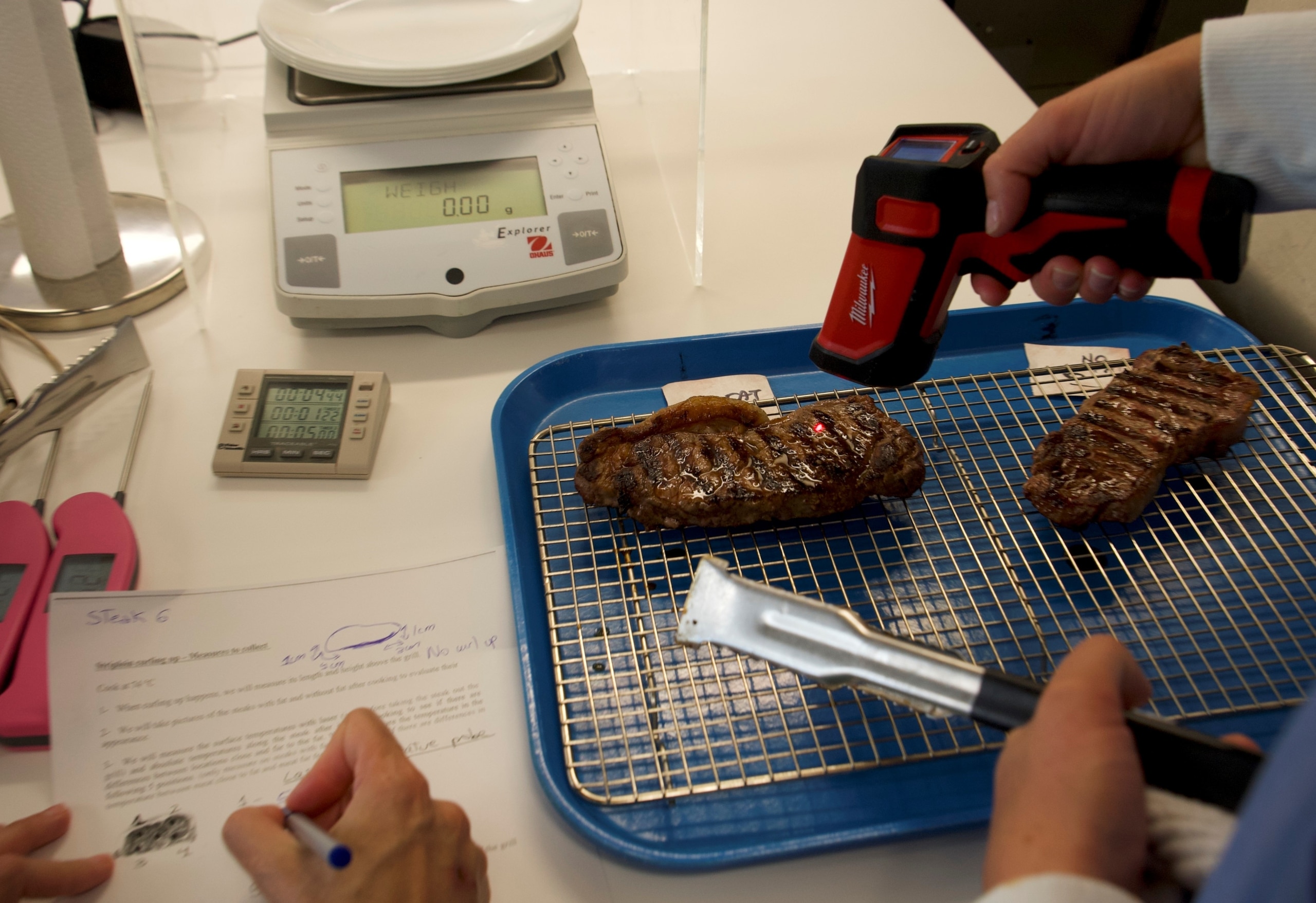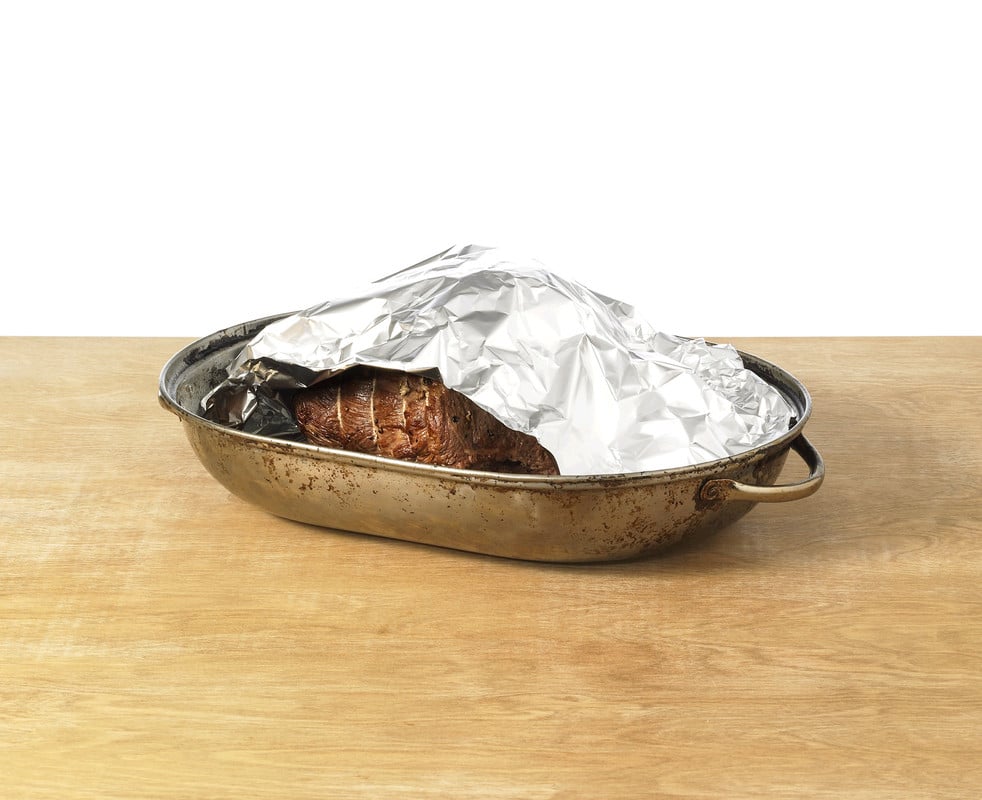Culinary Research
Canada Beef is working with meat scientists at the Agriculture and Agri-food Lacombe research centre to conduct practical research around key factors related to preparation of beef products in the kitchen. All of this research will result in benefits for you, your cooking knowledge and ultimately your enjoyment of delicious quality Canadian beef.
See the list of culinary research projects below the main article.
Where’s the Fat?
We will research how cooking methods impact the amount of fat removed during cooking and what is the final impact on quality of taste and texture.
Fat contributes flavour, juiciness and also can make it easier to chew and swallow beef which contributes to the perception of tenderness. Some consumers are interested in reducing the amount they consume and while the amount of fat present in the raw product is often considered the most important measurement is the amount that remains after cooking. A variety of methods, including newer appliances such as air fryers, will be evaluated with steaks and beef patties to determine the amount of fat removed during cooking.
Photo courtesy of AAFC








